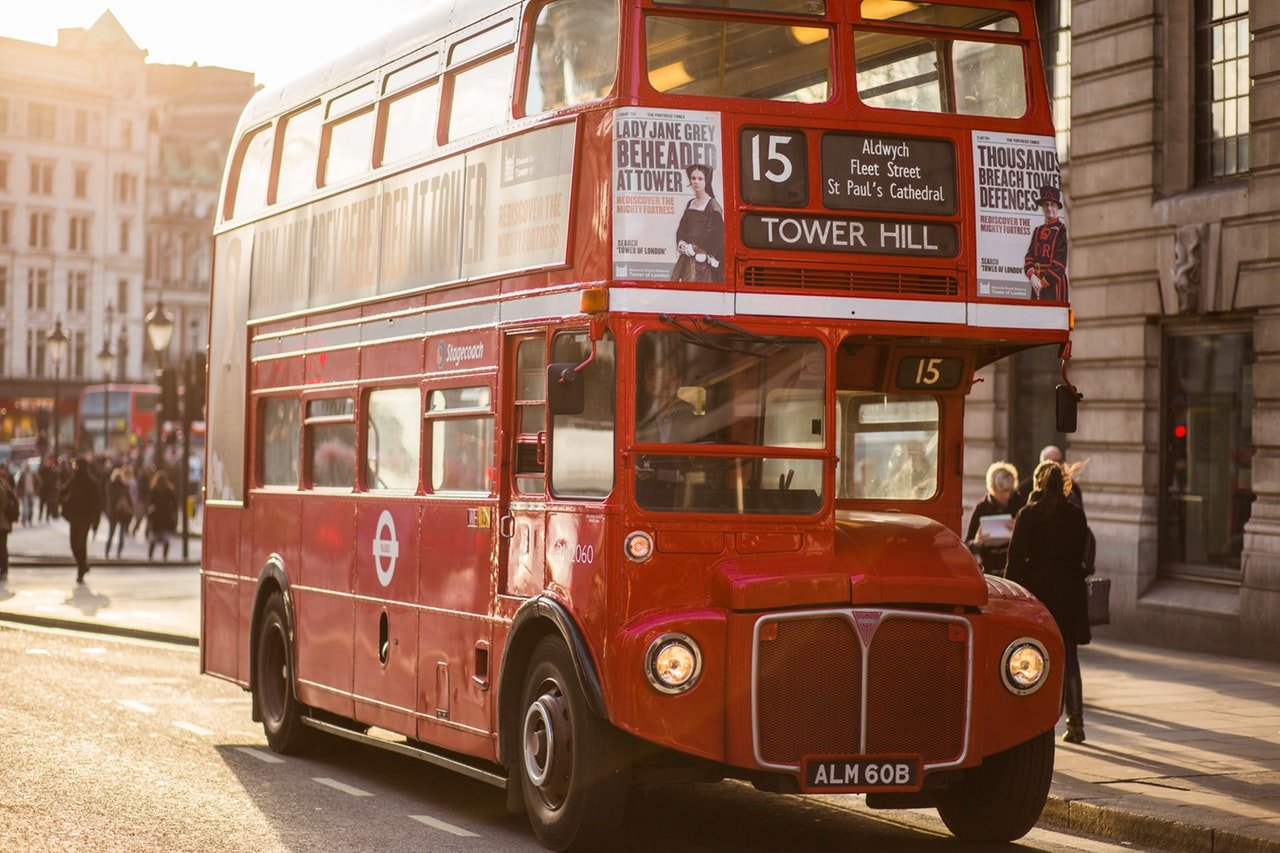If you’re an American and you’re anything like me, then you’ve probably heard of Scotland Yard, despite the fact that neither you nor anyone you know have ever dealt with the organization. Likewise, it’s unlikely that you ever heard about them in the news.
So, it’s something of a statement to the influence of Sir Arthur Conan Doyle’s Sherlock Holmes that we have some idea of what Scotland Yard is.
Maybe that’s because of Holmes’ somewhat antagonistic relationship with many of those who worked for Scotland Yard, never afraid of calling them out for their lack of observation and reasoning skills. That goes double for the initially-hapless Inspector Lestrade, who appears to have grown more competent by the end of the series.
Without really thinking about it, I had come to a sort of understanding that Scotland Yard was a sort of federal-level service. Which would explain why they had the “Scotland” in their name but worked in London, which is definitely in England. At this point, I was just guessing, but I figured they functioned like the FBI, which would mean that they later evolved into or were absorbed by MI5, which I’m told is the rough British equivalent of the G-Men.
It was disappointing, then, to discover that the great Scotland Yard . . . is just the police department for the city of London, known officially as “The Metropolitan Police Service.”
Yeah, that’s kind of lame, considering what I thought they were going to be, but also because it’s the organization that devotes resources to fighting hate speech on Twitter. I wish I was joking.
It makes you wonder if they have something they ought to be doing, like dealing with the rising murder rate (up 44%), or the rise in gun and knife crime (up 23% and 21% respectively).
Hey, maybe safe knife disposal bins will do the trick!
Or, you know, once they solve hate crime and have successfully stopped the populace from eating steak, y’know, because they turned in all their knives, maybe they could track down the 200 or so missing ISIS fighters that returned to Great Britain when the Caliphate’s war started to go south.
It’s the kind of stuff that makes you miss Lestrade. Seriously. This is horribly, horribly disappointing.
Okay, let’s put all that aside for a minute and pump up our nostalgia and pretend we still like Scotland Yard.
Wait . . . why are they called that, anyway?
Like many organizations, Scotland Yard is no longer in their original building, meaning that the name no longer makes literal sense. In order to get to that point, we have to go way back into history, to a time where Scotland existed as an independent country, which means the story I’m about to tell you could only have been true prior to the Union of the Crowns of England and Scotland in 1603.
Apparently, prior to this time, there were buildings in London that were often used to accommodate visiting Scottish Kings. Over time, the road that those buildings sat on came to be known as “Great Scotland Yard.”
So, obviously, the first building that the Metropolitan Police occupied was on this road, and this is just one big example of metonymy, where something comes to be referred to as the name of something related.
Not quite.
The technical address of the first Metropolitan Police headquarters was 4 Whitehall Place. I dare you to try and come up with something catchy using that address.
However, the building did have a rear entrance on Great Scotland Yard, and at some point, it was decided that entrance would be the public entrance, that anyone with business with the police would use.
Yeah, the first guess was pretty close. But technically wrong!1
That’s really all there is to it. The name has survived not one but two separate moves.
But, that’s not all there is to the story.
According to Wikipedia, by the late 1800s, Scotland Yard had expanded to occupy 3, 5, 21, and 22 Whitehall Place, as well as 8 and 9 Great Scotland Yard. The government decided to build the organization a new headquarters on the banks of the Thames.
Now, there’s no more fitting way to build a new headquarters for your police officers than to throw in a murder mystery as a bonus prize. The City of London decided to do just that, and on October 2nd, 1888, parts of a dismembered corpse were found in the cellar of the building, which at the time was still under construction.
This even came to be known as the “Whitehall Mystery,” with an arm that washed up earlier in the Thames being connected to the torso, as well as a leg discovered near the construction site by a reporter with a dog.
The building was finished, but the crime was never solved. Small wonder that Scotland Yard is portrayed as incompetent in the Sherlock Holmes novels that were set in this time period, given that they couldn’t solve a murder that literally happened in their own building.
This new building was given the moniker “New Scotland Yard,” despite the fact that it was not situated on Great Scotland Yard. This was followed by a move to a second new building and a move back into one of the buildings that it previously occupied, and the New Scotland Yard name was hung on each successive workplace.
Intriguingly, but perhaps not surprisingly, the organization has expanded its role over the years and now “[coordinates] and lead[s] . . . UK-wide national counter-terrorism matters, and [protects] the senior members of the British Royal Family, and also members of The Cabinet and other ministerial members of Her Majesty’s Government.”
The organization now employs roughly 43,000 people, all of whom work for the person with the most excellent title, “Commissioner of Police of the Metropolis.” Somehow, that title manages to sound completely ostentatious and ridiculous, while also sounding incredibly Orwellian at the same time.
But, there you have it. A short history of Scotland Yard.



